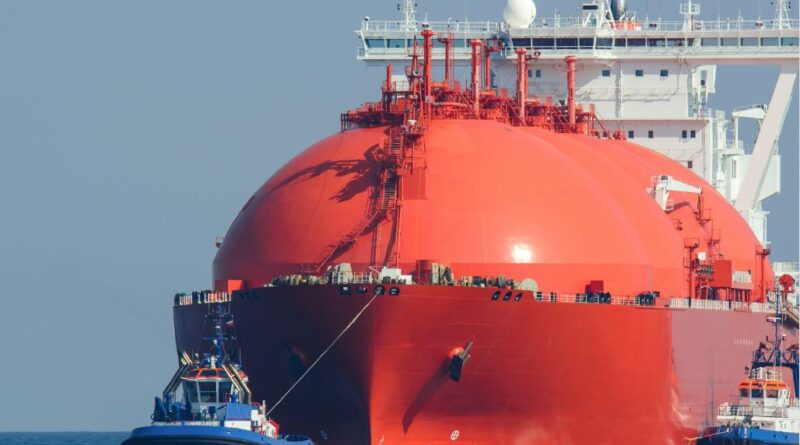Oil war and COVID-19 blamed for failing gas projects
GLOBAL ENERGY MONITOR: In the spring of 2020, with the onset of the Saudi–Russia oil war and COVID-19 becoming a pandemic, the level of economic challenge facing many new LNG projects suddenly intensified to an issue of sheer survival.
The IEA described the situation as “the largest recorded demand shock in the history of global natural gas markets” (IEA 2020). The issue was more than simply a matter of inconvenience and delay, since the duration of the downturn was hard to predict and many projects were already on shaky ground due to the chronic oversupply condition of the global gas market. Moreover, the drop in demand occurred at a time when numerous projects had newly entered construction.
From April 2019 to May 2020, global LNG export capacity grew by 6%, from 415.5 MTPA to 441.6 MTPA (GEM 2019, 2020). At the same time, the amount of LNG export capacity under construction surged from 45.5 MTPA to 122.0 MTPA.
Based on International Gas Union estimates of $1,501 per tonne of annual capacity for greenfield export terminals, $458 per tonne for brownfield export terminals, $274 per tonne for import terminals, and $170 per tonne for floating import terminals, the amount of capital expenditures for LNG export projects in construction has increased from $59.2 billion to $159.6 billion.
For import terminals, the amount of capacity in construction has similarly grown, from 51.4 MTPA in 2019 to 143.8 MTPA in 2020, and the amount of capital expenditures for projects in construction has increased from $23.6 billion to $36.6 billion. Combined, the amount of capital expenditure for import and export projects in construction has increased from $82.8 billion to $196.1 billion.
Given the economic headwinds facing the industry, the doubling of capacity in construction represents a massive expansion of risk for developers and their financial backers at the exact moment when the project risks are particularly high. For that reason, it appears that projects that have not yet committed to construction are quietly being abandoned by their promoters.
In the past year, concurrent with the surge in projects under construction, there has been a notable decline in the number of projects in pre-construction stages of development. This decline in the number of projects moving toward construction demonstrates the growing recognition that the industry is significantly overbuilt.
As of May 2020, Global Energy Monitor has identified 127.5 MTPA of export projects on hold and 445.4 MTPA of projects that have been cancelled or abandoned since 2014.
In addition, at least 80 MTPA of export projects that previously had been progressing are now reporting difficulties such as delays in final investment decisions, often ascribed to a combination of low prices, pandemic-related workforce disruptions, and intensifying environmental opposition.
Overall, since 2014, a total of 288 MTPA of LNG export terminals have been built or have entered construction, compared to 572.6 MTPA of LNG export projects that have been cancelled or abandoned, an implementation rate of 39% versus a project failure rate of 61%.
Yet even that reduction in the expansion ambitions of the LNG industry may be an understatement of the ultimate level of contraction, given the severity of the overcapacity problem and the large amount of additional capacity in construction.




